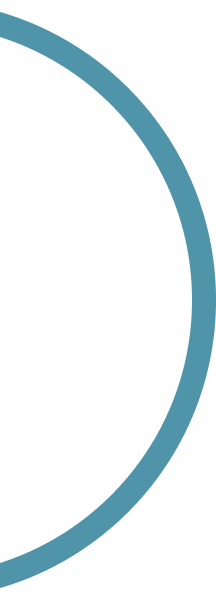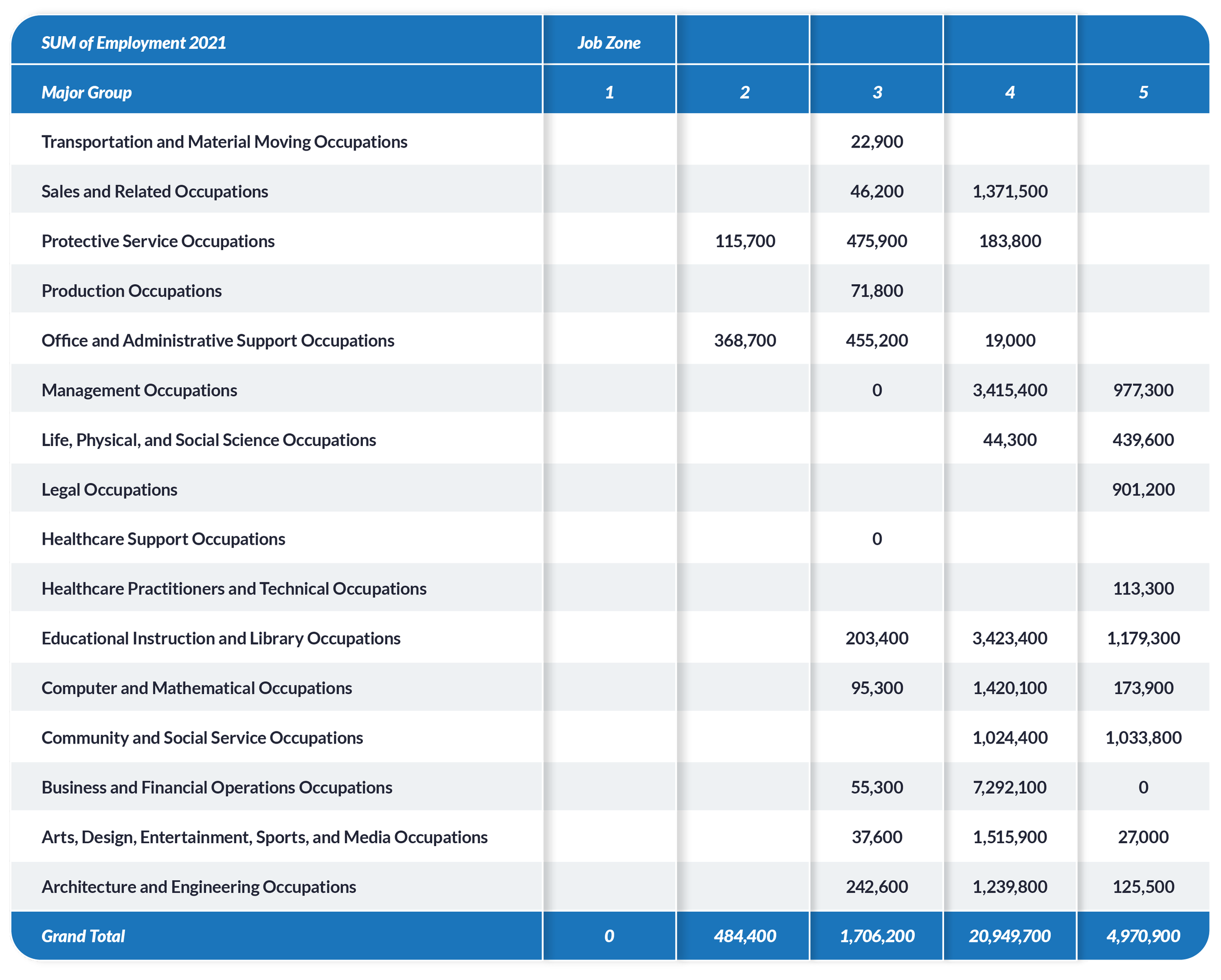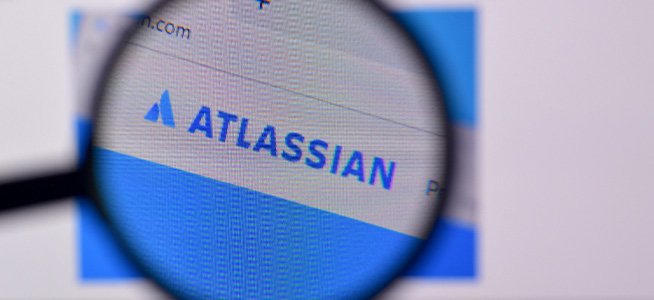Moser App Development
18% of the U.S. workforce are likely to be affected by generative AI in 2023
By pulling data from the Bureau of Labor Statistics and O*NET, I believe that 28 million Americans will be affected by generative AI this year.
by Steven Peavey, Director of Strategy
Finding the data
Evaluating what generative AI is capable of
Generative AI allows us to create new content such as images, text, sound, music, and video. It is capable of creating output that has typically been associated with complex and creative tasks belonging to higher barrier-to-entry occupations.
Side note: Inputs and Outputs
Another way to think of what generative AI is capable of is through the lens of inputs, processes, and outputs. Newly created content can be thought of as an output. Each output has the potential to impact other inputs and processes for job-related tasks. These impacts can be measured through metrics such as productivity, efficiency, cycle time, and timeliness.
Evaluating Generative AI: Inputs Outputs and Process
U.S. Bureau of Labor Statistics
The Bureau of Labor Statistics provides us with helpful labor market information on 867 occupations. They use a federal coding system called the Standard Occupational Classification (SOC) that breaks down occupations into four levels of aggregation: major groups, minor groups, broad occupations, and detailed occupations (link).
A snapshot of how occupations are coded. View the full list here
O*NET
O*NET expands on the Bureau of Labor Statistics’ dataset and provides additional information in a framework called the Content Model, which breaks down each occupation through six domains (see image). By using this framework, we can learn what work activities (general, intermediate, detailed, and down to the task level) are performed for each occupation and what abilities are required for each worker.
O*NET’s content model showing each of the six domains.
Applying the Data
Job Zones
O*NET places each occupation under one of five job zones. A job zone states how much education, experience, and on-the-job training is needed to do the work.
Job Zone 1 - occupations that need little or no preparation
Job Zone 2 - occupations that need some preparation
Job Zone 3 - occupations that need medium preparation
Job Zone 4 - occupations that need considerable preparation
Job Zone 5 - occupations that need extensive preparation
I believe that job zones are a signal in how resilient they are to AI disruption severity and chance. Disruption severity is the overall level of impact that would occur if an occupation were affected by generative AI. Disruption chance is the likelihood of an occupation being affected by generative AI. As an example, an occupation under job zone 1 may be at a much higher risk of disruption severity because of the lack of preparation needed while a job zone of 5 may only see some disruption.
Evaluating Generative AI: The ONet Content Model
The end result of ranking which general work activities contribute to AI disruption. I have identified three for this article.
Positive Predictors
For version 1 of this prediction model, I am only including one positive predictor (the higher the score, the higher the disruption chance).
Thinking Creatively
I believe that those who are most likely to benefit from Generative AI are creative thinkers.
O*NET defines creative thinking (officially labeled as “thinking creatively”) as:
“Developing, designing, or creating new applications, ideas, relationships, systems, or products, including artistic contributions.”
Negative Predictors
I believe there are two general work activities that reduce the likelihood of AI disruption. They are both “hands-on” activities. My belief is that any output of the job that requires use of a keyboard.
Performing General Physical Activities
O*NET defines performing general physical activities as:
“Performing physical activities that require considerable use of your arms and legs and moving your whole body, such as climbing, lifting, balancing, walking, stooping, and handling materials.”
Handling and Moving Objects
O*NET defines Handling and Moving Objects as:
“Using hands and arms in handling, installing, positioning, and moving materials, and manipulating things.”
Next steps
I would like to collaborate with people who have experience in making predictions if given the opportunity. I’m sure there’s a lot of improvements that could be made.
Changes that could be made:
Going through each domain of O*NET’s content model and include additional variables.
Moving away from general work activities and instead focusing on intermediate or detailed work activities.
Revisiting the logic behind positive and negative predictor scores, are there better ways to go about this?
Continue improving on the disruption severity prediction.
Positive and Negative Predictors of Disruption
O*NET breaks down the work activities of each occupation into four nested activities: generalized -> intermediate -> detailed -> task. My original goal was to look at the task level of each occupation but there were tens of thousands of results to parse through and I decided instead to focus on generalized work activities.
All tasks that a person performs on the job fall under one of 41 generalized work activities. By ranking each work activity with the likelihood of there being efficiency gains through the use of generative AI, I identified three activities in particular that I believe will be the biggest predictors of job disruption when it comes to generative AI. These activities are:
Thinking Creatively
Performing General Physical Activities
Handling and Moving Objects
Findings
My findings are grouped into two sections: who will be affected and how they will be affected.
Who will be affected?
I am breaking down my findings based on the Standard Occupational Classification taxonomy of major groups, minor groups, broad groups, and detailed occupations.
Evaluating Generative AI: Disruption Within Job Zones
Major Groups
Minor Groups
Out of the 93 minor groups, 16 had a positive score of being disrupted. 15 of the16 had a job zone of at least 4, the outlier was Communications Equipment Operators with a small employment size of 53,000.
Two groups that did catch my eye were:
Other Sales and Related Workers with a workforce of 841,700
Secretaries and Administrative Assistants with a workforce of 3,413,700
These two groups had a job zone of 3 and their end result for the predictor score could change drastically if we brought in additional work activities to consider.
Broad Occupations
Thoughts:
There were no broad occupations that had a job zone of 1 with a positive predictor score.
Dispatchers have the highest employment count for job zone 2 but the predictor score was only a 3 (73% percentile)
Detailed Occupations
Finally, we have detailed occupations which is the fourth level of aggregation from the SOC.
The occupation that is most susceptible to disruption was “Poets, Lyricists and Creative Writers”. This is a O*NET specific occupation and is a subset occupation of the Bureau of Labor Statistics’ “Writers and Authors” occupation. There were 142,800 writers and authors in 2021.
Not a single occupation under job zone 1 had a positive predictor score.
How will they be affected?
Knowing who will be affected is easier to predict than how they will be affected in my opinion. To understand how people are affected, I am placing disruption probability into fifteen total groups. For the first level of grouping, we have the five job zones, which again, is the level of preparedness of doing a job. The theory being that the more prepared a person needs to be to do a job, the less likely that an emerging technology like AI can replace them. Within each job level, there are three levels of job profession: entry-level, mid-level, and senior-level. My theory is that those who have more experience will be more resistant to change, these changes (not an exhaustive list) include:
Changes to current day-to-day processes
Hiring changes
Lateral transfers (switching jobs but staying at the current company)
Voluntary resignations*
Involuntary resignations*
* with generative AI being the main contributor to the cause of the resignation and not because of another factor.
Those most likely to experience changes are those with less power, influence, and experience. Most of these would fall under entry level. Those with mid to senior level roles may be more involved with overseeing those doing the work and less focused on executing.
Also, we’re still in the infancy of generative AI. It’s best not to overestimate the short-term effects of this tech while also not underestimating the long-term, and because of that, I will be placing 2023 predictions of lateral transfers, voluntary resignations, and involuntary resignations with a very low score. At the end of 2023, we should reassess how the main product offerings have matured.
I believe entry level roles will be most susceptible to change. Here are my predictions for each type of change. Please note that there’s no data backing up the theories in this section and this should not be taken seriously.
Summary
After using the three work activities of measurements of AI disruption, 28 million people could be impacted. While this number seems pretty high, I see generative AI being used as a tool to help workers speed up their day-to-day activities and not as a replacement for the worker. There’s still a lot of work that can be made towards this in terms of predictions and I hope some of this information has been helpful for you!
Evaluating Generative AI: How Will People Be Affected






















